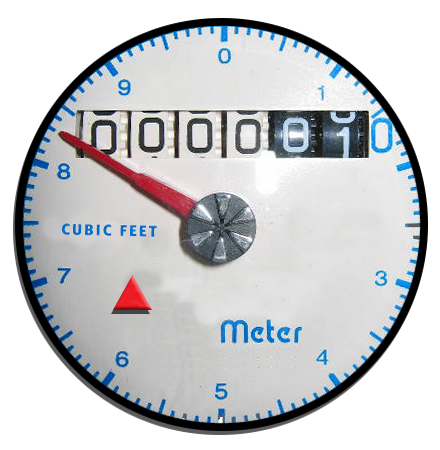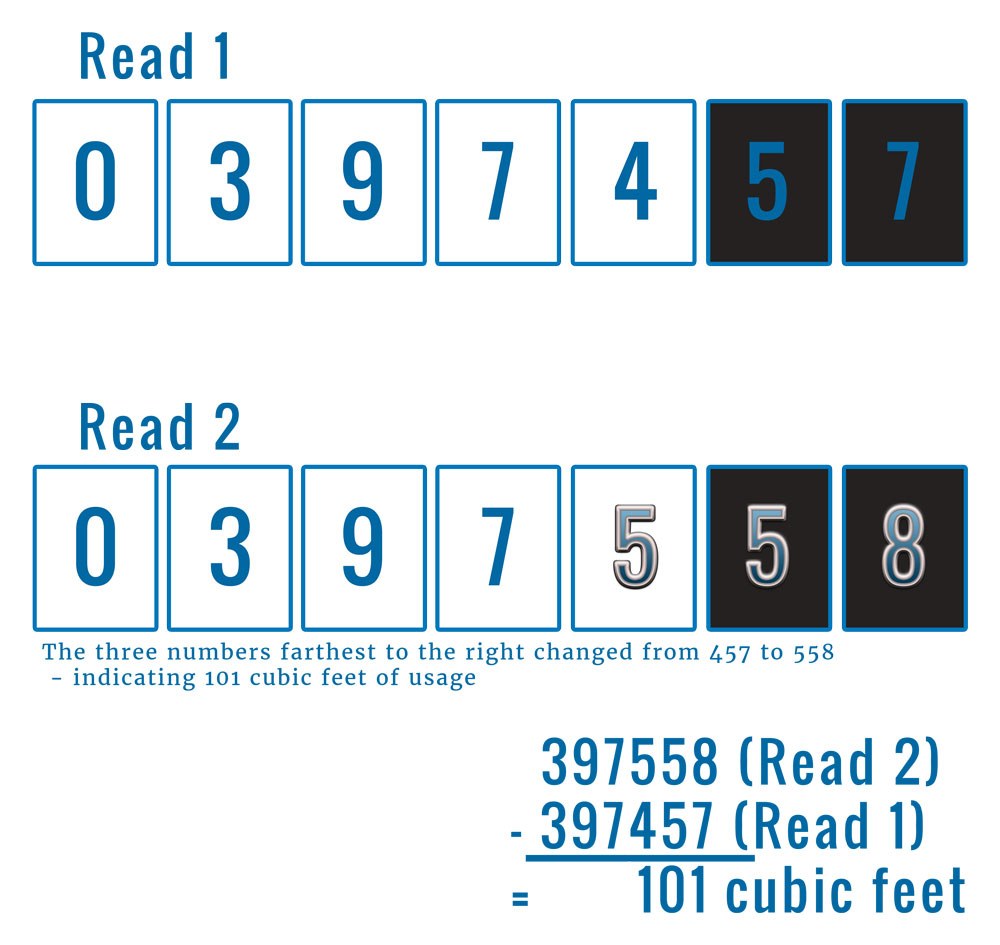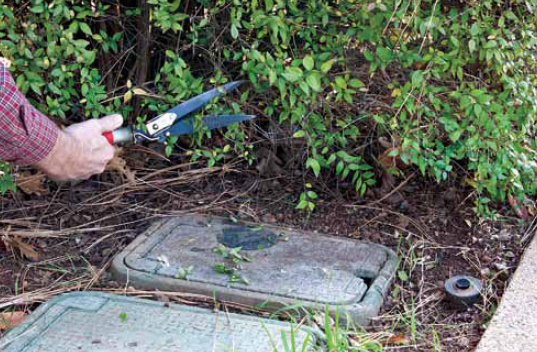Backflow prevention device requirements
A backflow device is required to receive water at your property. If you've opted in for backflow maintenance a device will be included in your meter installation estimate. All water accounts must comply with backflow prevention protection. Visit our backflow maintenance page for more information.
How to calculate your future water bill
In 2018, monthly water use averaged 1300 cubic feet per residential account (1 cubic foot = 7.48 gallons). At $0.0161 per unit, this means customers could expect a difference of $20.91 per month depending on household use. PID customers can log in to their online accounts at mypidbill.com to view their water usage history or estimate their household’s water use at watercalculator.org.
Service Charge ($42.97 PER MONTH for residential)
+ Town Hydrant Fee ($1.00) PER MONTH
+ Quantity Charge ($0.0161 x number of cubic feet) 1 cubic foot = 7.48 gallons
= TOTAL BILL
BI-MONTHLY BILL EXAMPLE
$85.94 (FOR TWO MONTHS)
$ 2.00
+ $45.08 ($0.0161 x 2800 cubic feet used)
= $133.02
Paradise has used an automated metering system for almost a decade, reducing costs related to traditional meter reading and water resource management, and providing valuable household water-use information to customers.
The meters themselves will be brass analog meters attached to a battery-operated meter interface unit (MIU) which will communicate water use data to the PID office via the AMI network. Customers will have access to near-realtime water use data, allowing for setting water-use budgets and leak alerts. The more resilient meter design will include cement meter boxes instead of plastic. MIUs will use long-lasting batteries (up to 10 years) and the AMI network infrastructure will include back-up batteries making it more resilient against public safety power shutoffs.
What is a water meter?
A water meter is a device that measures the amount of water delivered to your property. PID's meters measure water in cubic feet. One cubic foot equals 7.48 gallons.
Meters are usually located near the street in front of your home or business and are protected within a green plastic or concrete box with a lid.
PID meters also have a disc-shaped antenna attached to the lid or located near the box. This antenna is connected to the analog meter with a thick wire and is used to electronically transmit the meter read to our data center each day.
To open the meter box, use a long screwdriver to remove the lid. Be careful not to disconnect the antenna from the meter inside the box. Be cautious of insects or other small animals that may have taken up residence inside the box.
Keep it trimmed with a 3-foot clearance - You'll be able to turn off your water meter quickly in the event of an emergency if you can easily find it. Know where your water meter is and cut the plants back every month or so.
The district implemented its automatic meter reading (AMR) system in 2012. Water meters are not regularly visited by PID employees - meaning the plants may have grown up around the meters, making them hard to spot. In case of an emergency, knowing where the meter is and being able to quickly access it will make it much easier to turn off the property's water at the meter, if necessary.
If you're not sure where your water meter is, give our customer service specialits a call at 877-4971. They can help guide you to the right location.
Need to file a claim with PID regarding your water meter?
For step-by-step instructions and submission guidance, visit our File a Claim page HERE for further assistance.
Understanding your meter
PID uses analog meters

- The sweep hand - moves clockwise around the dial. One rotation = one cubic foot of usage.
- The leak indicator - makes it easy to spot a small leak. This triangle (or gear on some meters) will turn even when the sweep hand is moving too slowly to recognize movement.
The meter register works the same as the odometer in your car.
You can record and compare meter readings to determine water used during a period in time.

Three ways to use your meter to determine if you have a leak
Make sure everyone in the home knows not to use water while you're doing your investigation. Ensure laundry and dish-washing machines are not running.
- Sweep hand - if the sweep hand is moving you have a leak.
- Leak indicator - if the leak indicator is turning you have a leak.
- Take meter readings to determine a very slow leak.
- Read your water meter and record the numbers on the register (call this "Read 1").
- Wait 20 minutes.
- Read your meter again and record these numbers (call this "Read 2").
- Subtract Read 1 from Read 2.
- If the cubic feet are greater than zero you have a leak.
Click here for tips on finding leaks


